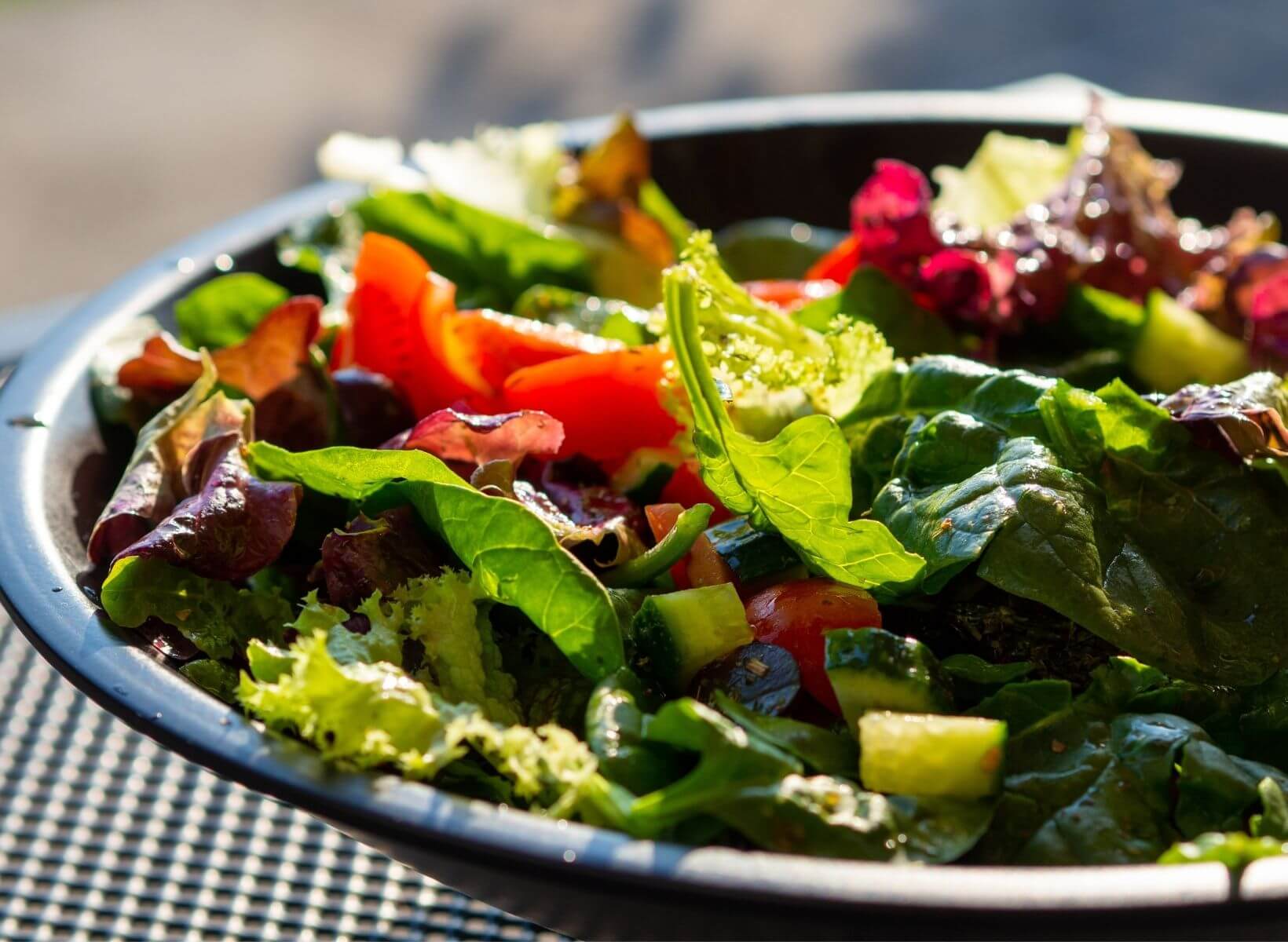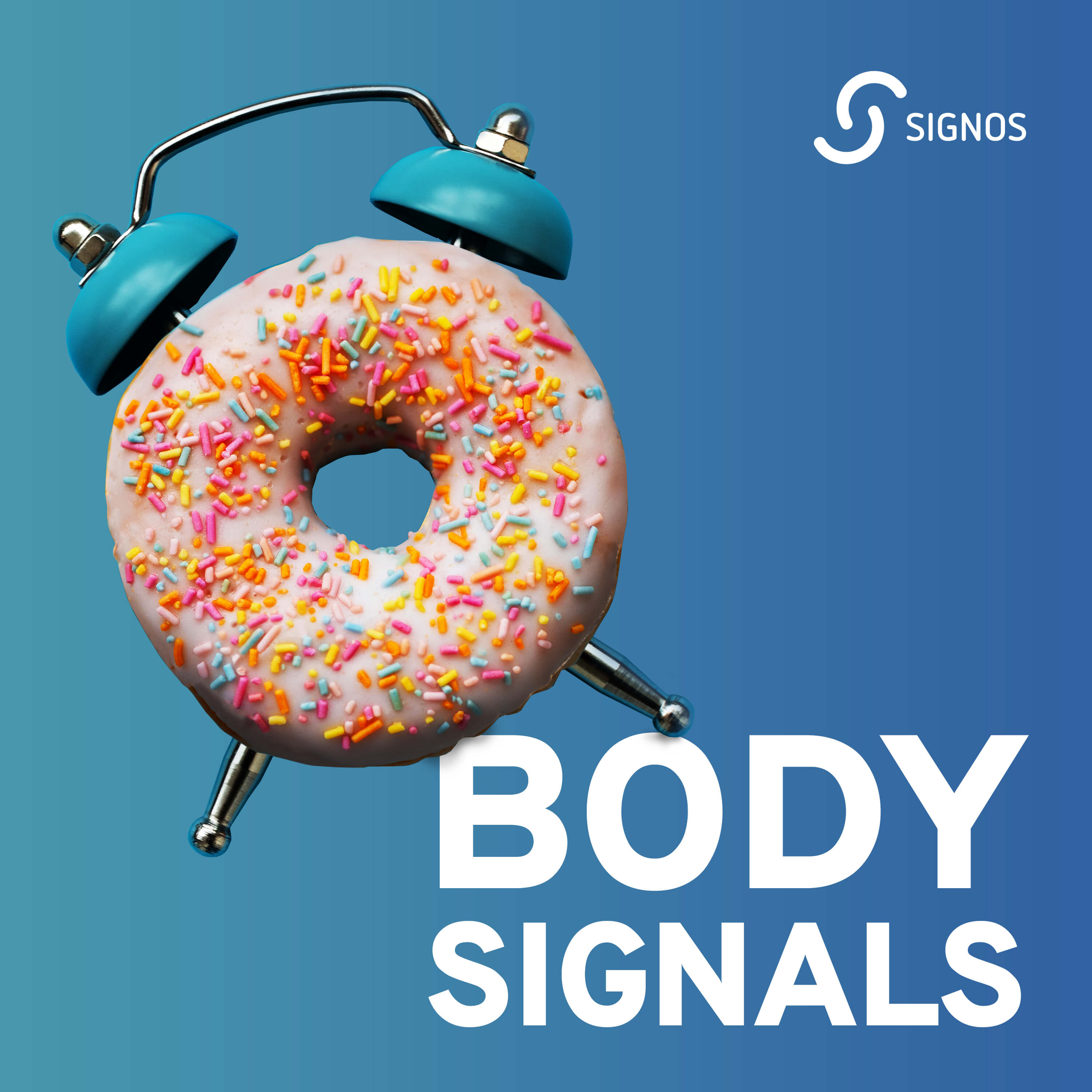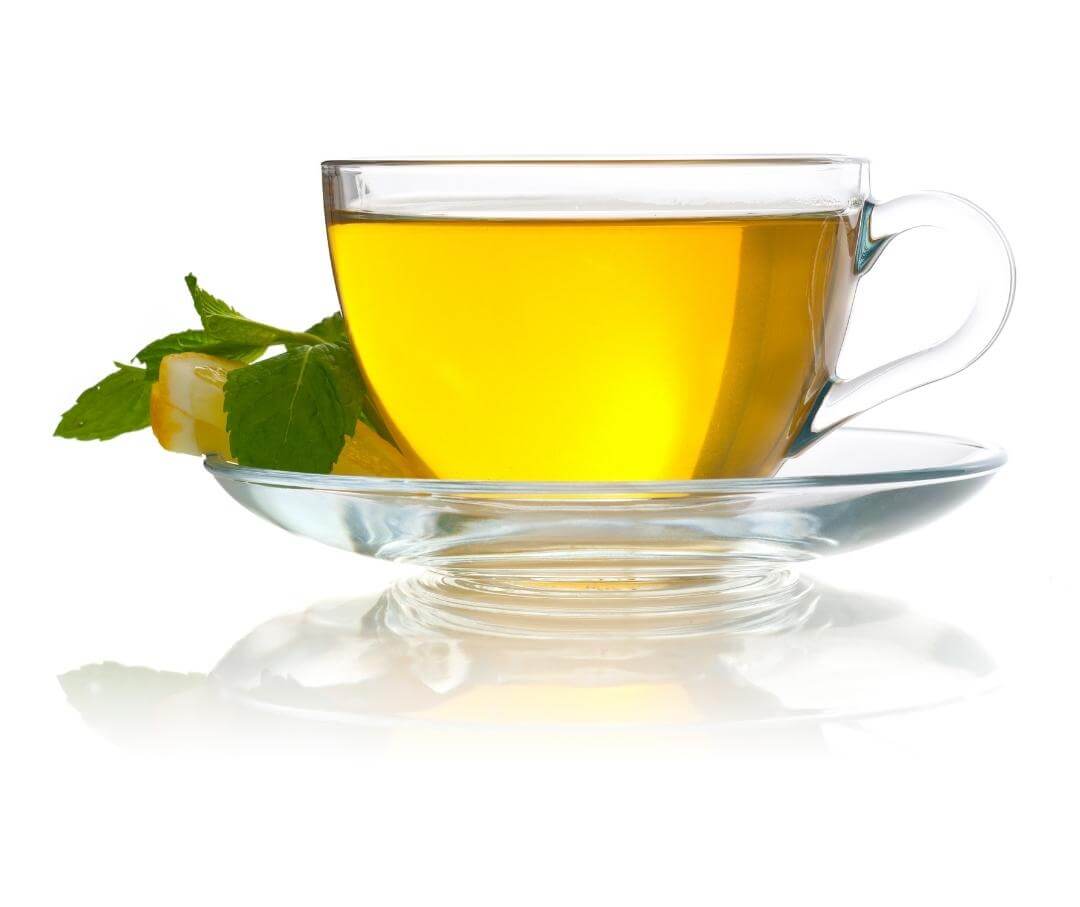Both blood sugar and cholesterol are critical indicators of overall health and are often linked to conditions such as diabetes and cardiovascular disease. In the past, they’ve been considered markers of separate diseases, but newer research reveals how interconnected they are. This article examines the scientific relationship between blood sugar and cholesterol, exploring how they interact and influence each other, the risks involved, and practical steps to maintain balance.
{{mid-cta}}
Understanding Blood Sugar
Blood sugar, or blood glucose, is the concentration of glucose present in the bloodstream. Glucose is a type of sugar that comes from our foods and is the primary energy source for the body's cells. The body regulates blood sugar levels through the production and action of insulin, a hormone produced by the pancreas. Insulin helps cells absorb glucose from the bloodstream for immediate energy or storage in the liver and muscles for later use.
Maintaining stable blood sugar levels is essential for overall health. Normal fasting blood sugar levels range between 70 to 100 mg/dL. When blood sugar levels consistently exceed this range, it can lead to hyperglycemia, a condition associated with diabetes. Conversely, low blood sugar levels, or hypoglycemia, can cause symptoms like dizziness, confusion, and, in severe cases, unconsciousness. Your body has many systems in place to maintain the balance of blood glucose, but disordered glucose metabolism plays a role in many serious diseases.
Understanding Cholesterol
Cholesterol is a waxy, fat-like substance found in every cell of the body. Despite its bad reputation, cholesterol plays a critical role in the body. It makes up cell membranes, modulating their fluidity in response to temperature. It also forms vitamin D, steroid, and sex hormones like cortisol, aldosterone, testosterone, and estrogen.
The body obtains cholesterol from two sources: the liver, which produces it naturally, and dietary intake from foods from animal sources such as meat, poultry, and full-fat dairy products.
Cholesterol travels through the bloodstream in particles called lipoproteins. There are two main types of lipoproteins that carry cholesterol throughout the body:
- Low-Density Lipoprotein (LDL): Often referred to as "bad" cholesterol, LDL carries cholesterol from the liver to the rest of the body. High levels of LDL cholesterol can lead to the buildup of plaque in the arteries, increasing the risk of heart disease and stroke.
- High-Density Lipoprotein (HDL): Known as "good" cholesterol, HDL carries cholesterol from other body parts back to the liver, where it is processed and removed. Higher levels of HDL cholesterol are associated with a lower risk of heart disease.
Maintaining a healthy LDL and HDL cholesterol balance is crucial for cardiovascular health. When cholesterol gets too high, it has detrimental effects on the body, such as building up in arteries, increasing blood pressure, and leading to cardiovascular disease.
<div class="pro-tip"><strong>Also Read: </strong><a href=foods-that-raise-hdl>8 Foods to Increase HDL Levels: Improve Cholesterol</a></a>.</div>
The Connection Between Blood Sugar and Cholesterol

The relationship between blood sugar and cholesterol is complex and multifaceted. Both glucose and lipids are energy sources for the body and are regulated by the liver. Their metabolic pathways are interconnected. For example, glucose can be turned into cholesterol and other fats. Research has shown that individuals with high blood sugar levels, particularly those with type 2 diabetes, often have abnormal cholesterol levels. This combination significantly increases the risk of developing cardiovascular diseases.
Diabetic dyslipidemia is a metabolic condition characterized by abnormal levels of lipids in the blood, such as high triglycerides, low high-density lipoprotein (HDL) cholesterol, and high-low-density lipoprotein (LDL) cholesterol. This condition is most commonly observed in individuals with diabetes, and up to 70 percent of diabetics have dyslipidemia.1
The Effect of Blood Sugar on Cholesterol
It’s been known for a long time that cholesterol biosynthesis is induced by eating and decreases during fasting, which points to the central role glucose and insulin play in its production. Research has shown that glucose and insulin promote cholesterol biosynthesis and uptake and affect how it is transported and broken down.2
Healthy blood glucose patterns are an important regulator of cholesterol, but chronic hyperglycemia, or high blood sugar, can negatively impact cholesterol metabolism. Hyperglycemia has wide-ranging effects on lipid metabolism, leading to alterations across many different processes. Here are several specific reasons why dysregulated glucose metabolism can negatively impact cholesterol levels.
- Cholesterol Synthesis: One reason is that glucose and insulin indirectly regulate the proteins involved in cholesterol synthesis. Higher glucose and insulin could produce more cholesterol in the body.2
- Glycation: Excess glucose in the blood can also lead to glycation, a process where sugar molecules attach to proteins or lipids, altering their function. When LDL cholesterol becomes glycated, it is more likely to contribute to the formation of atherosclerotic plaques, deposits that narrow and harden the arteries, increasing the risk of heart attack and stroke.3
- Impaired Cholesterol Removal: Hyperglycemia can also impair the function of HDL cholesterol, reducing its ability to effectively remove cholesterol from the bloodstream. This dysfunction further increases the risk of cardiovascular disease in individuals with high blood sugar levels.4
Insulin Resistance and Cholesterol
Hyperglycemia often leads to hyperinsulinemia when there are chronically high levels of insulin in the blood. This can lead to insulin resistance, a condition where the body's cells become less responsive to insulin. Insulin resistance resembles a positive feedback loop, leading to higher blood sugar levels. It is a key feature of type 2 diabetes and is closely linked to dyslipidemia.
In individuals with insulin resistance, the liver produces more very low-density lipoprotein (VLDL), a type of lipoprotein that is rich in triglycerides and converts into LDL cholesterol. This process results in higher LDL cholesterol and lower HDL cholesterol levels, contributing to plaque buildup in the arteries.5
Hyperinsulinemia might also affect the function of lipoprotein lipase (LPL), an enzyme that breaks down triglycerides in the bloodstream and converts them into fatty acids and glycerol. This enzyme is insulin-sensitive, meaning when high insulin levels are in the blood, its activity may decrease, which could cause an increase in remnant lipoprotein cholesterol, a marker for cardiovascular risk.6, 7
The Effect of Cholesterol on Blood Sugar
Not only is cholesterol heightened by hyperglycemia, but it can also cause it. Dislipidemia is characterized by high levels of lipids in the blood, including cholesterol, and is often found in individuals with diabetes. This lipid imbalance can worsen insulin resistance, further increasing blood sugar levels. The relationship is bidirectional, meaning that as insulin resistance worsens, it can also exacerbate dyslipidemia, creating a self-propagating cycle.
Managing Blood Sugar and Cholesterol

Diet and lifestyle play crucial roles in managing blood sugar and cholesterol levels. A diet high in refined carbohydrates, sugars, and unhealthy fats can lead to weight gain, insulin resistance, and elevated cholesterol levels.
1. Dietary Choices
- Refined Carbohydrates and Sugars: Foods high in refined carbohydrates and sugars cause rapid spikes in blood sugar levels. Over time, these spikes can lead to insulin resistance and increased triglyceride levels, contributing to higher LDL cholesterol.
- Saturated and Trans Fats: Diets high in saturated and trans fats are known to raise LDL cholesterol levels. These fats are commonly found in processed foods, red meat, and full-fat dairy products.
- Fiber: A diet rich in soluble fiber, found in foods like oats, beans, and fruits, can help lower LDL cholesterol levels by binding to cholesterol in the digestive system and removing it from the body.
- Healthy Fats: Replacing saturated fats with unsaturated fats, such as those found in olive oil, avocados, and fatty fish, can help raise HDL cholesterol levels and lower LDL cholesterol.
2. Physical Activity
Regular physical activity is beneficial for managing blood sugar and cholesterol. Exercise increases insulin sensitivity, allowing cells to use glucose more effectively and lowering blood sugar levels. It also helps raise HDL cholesterol and lower LDL cholesterol and triglycerides.
3. Weight Management
Maintaining a healthy weight is crucial for controlling blood sugar and cholesterol levels. Excess body fat, particularly around the abdomen, is associated with insulin resistance and dyslipidemia.
4. Smoking and Alcohol Consumption
Smoking is known to lower HDL cholesterol levels and increase the risk of developing heart disease. Excessive alcohol consumption can lead to higher triglyceride levels and contribute to hyperglycemia. Limiting alcohol intake and avoiding smoking can improve both blood sugar and cholesterol profiles.
Medication may be necessary for individuals who struggle to manage their blood sugar and cholesterol levels through diet and lifestyle alone. With the proper tools and support, you can develop a strategy to manage blood glucose and cholesterol for better health and long-term well-being.
Learn to Care for Your Health With Signos
The amount of health information out there can be overwhelming. Signos will help you shift through it all and find a way to care for your health based on your unique habits and biology. Learn how the Signos CGM can offer insight into how your daily habits affect your health and well-being. Read about how Signos works to combine continuous blood glucose data—an indicator of overall health-- with personalized advice to drive real results. Along with Signos’ expert team, you’re empowered to discover the healthy habits that set you on track for sustainable weight loss and overall health. Take a quick quiz to see if Signos is right for you.
<div class="pro-tip"><strong>Learn More: </strong><a href=lower-blood-sugar-cholesterol>How to Lower Blood Sugar & Cholesterol</a>.</div>
- Item 1
- Item 2
- item 3
Topics discussed in this article:
References
- Parhofer, K. G. Interaction between Glucose and Lipid Metabolism: More than Diabetic Dyslipidemia. Diabetes Metab. J. 2015, 39 (5), 353–362. https://doi.org/10.4093/dmj.2015.39.5.353.
- Xiao, X.; Luo, Y.; Peng, D. Updated Understanding of the Crosstalk Between Glucose/Insulin and Cholesterol Metabolism. Front. Cardiovasc. Med. 2022, 9, 879355. https://doi.org/10.3389/fcvm.2022.879355.
- Poznyak, A. V.; Sukhorukov, V. N.; Surkova, R.; Orekhov, N. A.; Orekhov, A. N. Glycation of LDL: AGEs, Impact on Lipoprotein Function, and Involvement in Atherosclerosis. Front. Cardiovasc. Med. 2023, 10, 1094188. https://doi.org/10.3389/fcvm.2023.1094188.
- Ebtehaj, S.; Gruppen, E. G.; Parvizi, M.; Tietge, U. J. F.; Dullaart, R. P. F. The Anti-Inflammatory Function of HDL Is Impaired in Type 2 Diabetes: Role of Hyperglycemia, Paraoxonase-1 and Low Grade Inflammation. Cardiovasc. Diabetol. 2017, 16 (1), 132. https://doi.org/10.1186/s12933-017-0613-8.
- Adiels, M.; Olofsson, S.-O.; Taskinen, M.-R.; Borén, J. Overproduction of Very Low–Density Lipoproteins Is the Hallmark of the Dyslipidemia in the Metabolic Syndrome. Arterioscler. Thromb. Vasc. Biol. 2008, 28 (7), 1225–1236. https://doi.org/10.1161/ATVBAHA.107.160192.
- Howard, B. V. Insulin Resistance and Lipid Metabolism. Am. J. Cardiol. 1999, 84 (1), 28–32. https://doi.org/10.1016/S0002-9149(99)00355-0.
- Baratta, F.; Cocomello, N.; Coronati, M.; Ferro, D.; Pastori, D.; Angelico, F.; Ben, M. D. Cholesterol Remnants, Triglyceride-Rich Lipoproteins and Cardiovascular Risk. Int. J. Mol. Sci. 2023, 24 (5), 4268. https://doi.org/10.3390/ijms24054268.


.jpg)





























